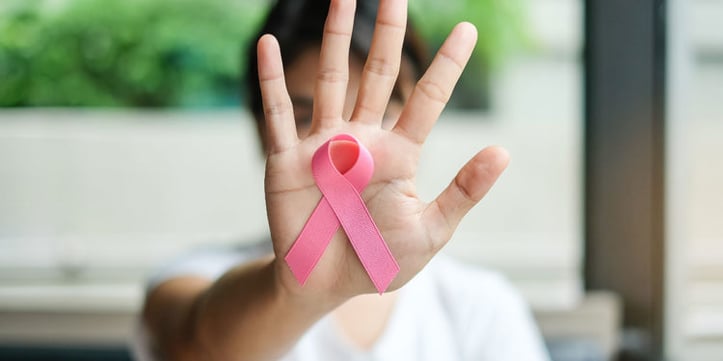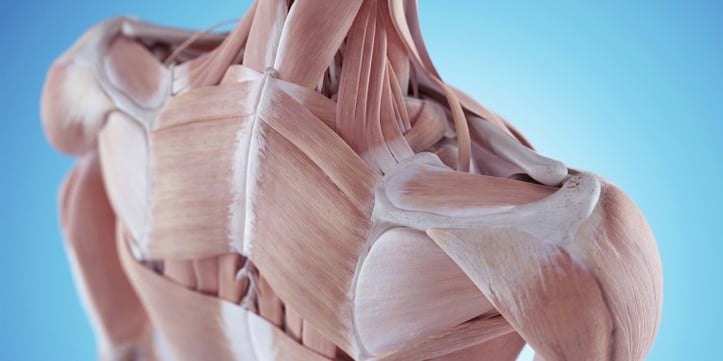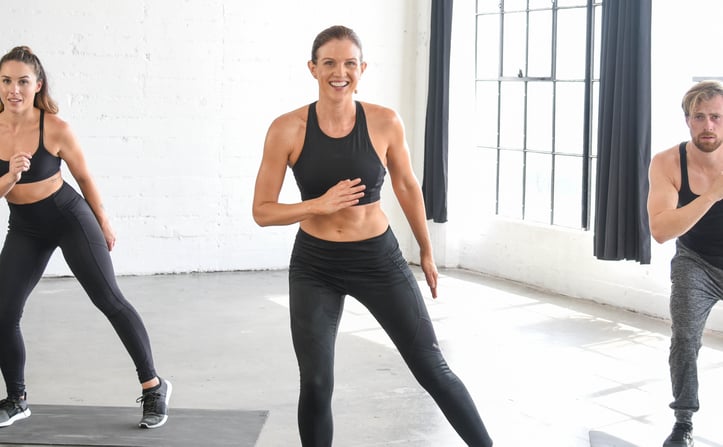Exercise During Cancer Recovery: Science-Backed Workouts for Strength & Resilience

Exercise During Cancer Recovery: Science-Backed Workouts for Strength & Resilience
A diagnosis of cancer often brings fear of physical decline—but emerging science reveals a powerful tool: exercise. Contrary to outdated myths, structured, physician-approved movement can be a cornerstone of recovery, improving energy, mood, and quality of life. Here’s how to harness its benefits safely.
The Science: Why Exercise Matters for Cancer Patients
The American College of Sports Medicine (ACSM) analyzed 1,000+ studies, concluding that moderate exercise reduces cancer-related fatigue by 20-30% and improves physical function in 70% of survivors. A 2022 NIH study found breast cancer patients who walked 150 minutes weekly post-diagnosis had 40% lower recurrence risk. Exercise boosts:
- Immune function: Moderate activity increases circulation of immune cells.
- Muscle preservation: Counteracts muscle loss from treatments like chemo.
- Mental health: Releases endorphins, reducing anxiety by 25% (Harvard Health).
Safe Movement: Key Principles for Every Phase
Not all workouts are created equal. Adapt your routine to treatment stages with these guidelines (always consult your oncology team first):
1. Active Treatment Phase (Chemo/Radiation)
- Focus: Low-intensity, consistency over intensity.
- Best choices:
- Gentle walks: 10-15 minutes daily, 3x/week. Start with 5 minutes if fatigued.
- Seated yoga: Improve flexibility without strain (try cat-cow or seated twists).
- Breathwork: Diaphragmatic breathing (4-7-8 technique) eases shortness of breath.
- Avoid: High-impact (jogging) or heavy lifting—these may strain weakened bones.
2. Post-Treatment Recovery (Weeks 4-12 Post-Final Session)
- Focus: Rebuild strength gradually.
- Best choices:
- Light resistance training: Use 1-2kg dumbbells or resistance bands for 8-10 reps of bicep curls, shoulder presses, or bodyweight squats.
- Water aerobics: Reduces joint stress while engaging muscles.
- Tai chi: Improves balance and reduces neuropathy pain (common post-chemo).
- Pro tip: Aim for 20-30 minutes, 3x/week. Pause if you feel dizzy or fatigued beyond baseline.
3. Long-Term Survivorship
- Focus: Maintain fitness for lifelong health.
- Best choices:
- Combined training: 150 minutes weekly of moderate cardio (cycling, swimming) + 2x strength sessions.
- Functional movements: Deadlifts (light weights), lunges, or Pilates to enhance daily mobility.
- Key: Listen to your body. Chronic fatigue? Scale back; energy surges? Add 5 minutes to walks.
Common Myths Debunked
- Myth: "Exercise weakens me."
Fact: ACSM shows structured exercise increases functional capacity—patients report feeling "more in control." - Myth: "Only intense workouts help."
Fact: Even 10-minute walks lower inflammation markers (NIH 2020).
Pairing Exercise with Nutrition for Optimal Recovery
Fuel your efforts with:
- Protein: 1.2-2g/kg body weight daily (e.g., 70kg person needs 84-140g) to repair muscles. Try Greek yogurt, eggs, or plant-based options like lentils.
- Hydration: 8-10 cups water/day—critical for chemo patients to flush toxins.
- Antioxidants: Berries, leafy greens, and nuts fight oxidative stress from treatment.
Your Next Step: Start Small, Stay Consistent
Today, commit to one 10-minute activity—maybe a stroll around the block or 5 minutes of stretching. Track how you feel afterward (energy, mood, pain levels). Share your progress with your care team—they’ll adjust your plan as you heal.
Recovery isn’t about perfection—it’s about reclaiming your strength, one step (or stretch, or breath) at a time. You’ve got this.

Fit vs Fat: Decoding Health's True Ruler

Pump Up Your Heart: Science-Driven Weight Loss

Wellness Technology: Your Path to Sustainable Weight Loss

A Sensible Guide to Dietary New Year's Resolutions

Prevent Shoulder and Rotator Cuff Injuries with Corrective Exercises

Overcome Fitness Plateaus: 4 Tips for Success

10 x 10 Thanksgiving Day Circuit: A Fitness Guide

Unleash Your Fitness Potential with Kit Rich's Training Secrets

The Future of Fitness: A Guide for Beginners to Intermediates

